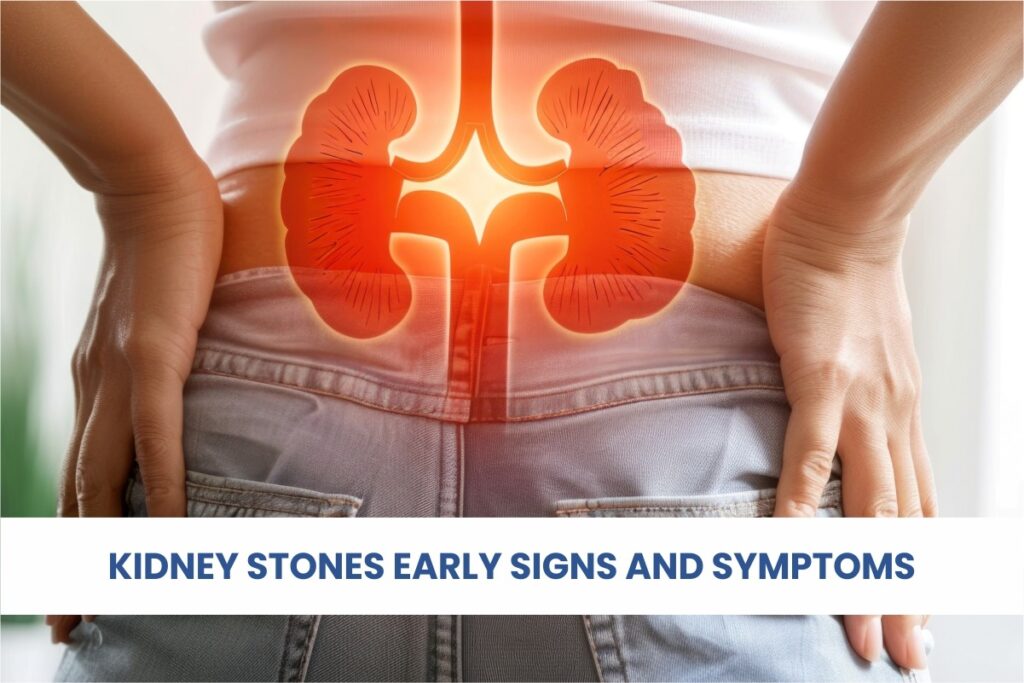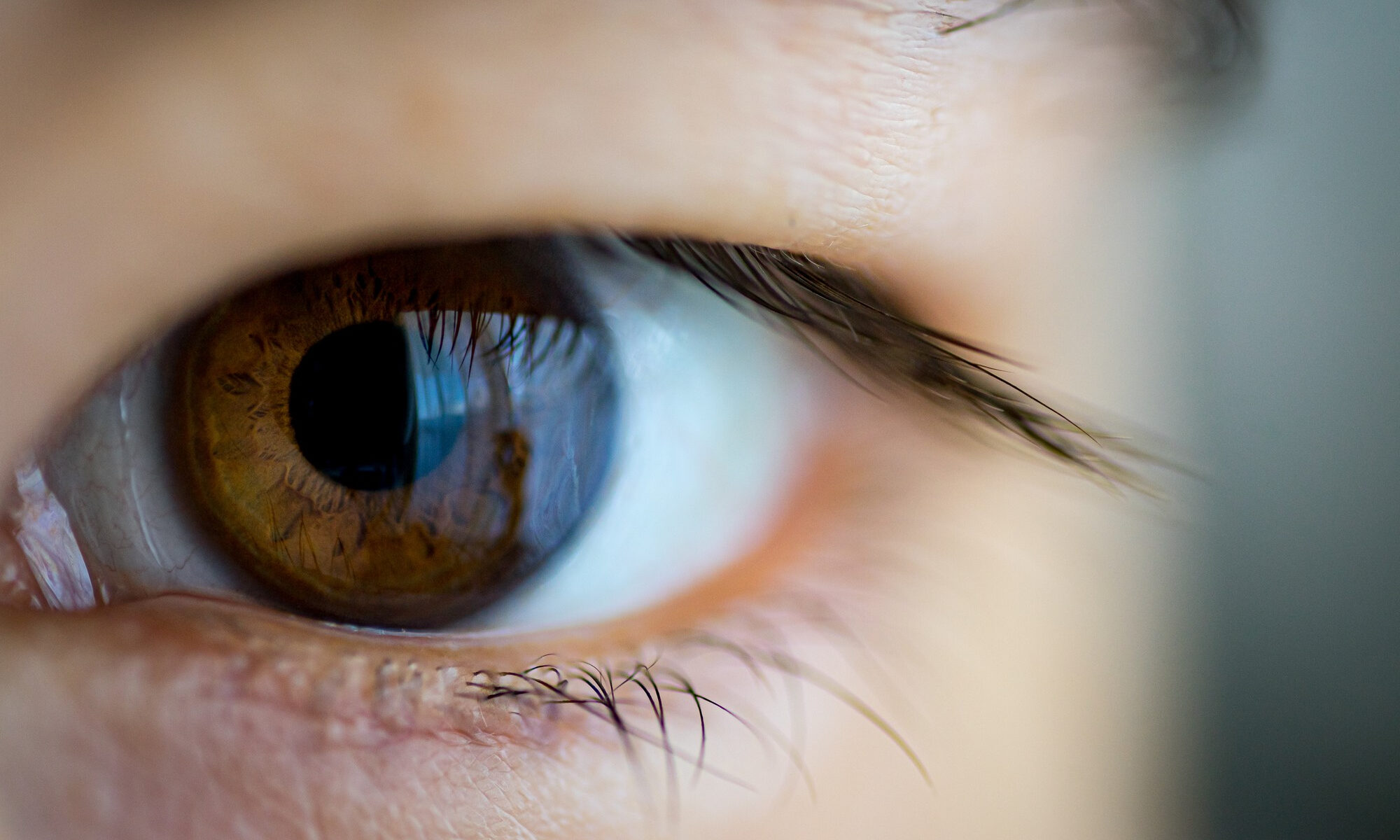Cataract surgery stands as one of the most commonly performed surgical procedures in India, addressing vision impairment and significantly improving the quality of life for millions of individuals. As the aging population continues to grow and awareness about eye health increases, understanding the nuances of cataract surgery becomes essential. This comprehensive guide delves into the intricacies of cataract surgery in India, exploring advancements, procedures, and key considerations for patients and healthcare providers.
Understanding Cataract Surgery
Cataract surgery involves removing the clouded natural lens of the eye and replacing it with an artificial intraocular lens (IOL) to restore clear vision. The procedure aims to alleviate vision impairment, enhance visual clarity, and improve overall visual function for individuals affected by cataracts, a common age-related condition.
Advancements in Cataract Surgery
Technological advancements and innovations have significantly enhanced the safety, precision, and outcomes of cataract surgery in recent years. Key advancements include:
- Phacoemulsification Technique: This minimally invasive procedure uses ultrasound technology to break up and remove the clouded lens through a small incision, allowing for quicker recovery and improved visual outcomes.
- Femtosecond Laser Technology: Laser-assisted cataract surgery offers enhanced precision in lens removal and IOL placement, reducing the risk of complications and optimizing visual outcomes for patients.
- Premium IOL Options: Advanced IOL technologies, including multifocal, toric, and accommodating lenses, provide customized solutions for addressing astigmatism, presbyopia, and other refractive errors, minimizing the need for glasses post-operatively.
Common Cataract Surgery Procedures
- Phacoemulsification: The most commonly performed cataract surgery technique, phacoemulsification involves using ultrasound energy to emulsify and remove the clouded lens, followed by IOL implantation.
- Manual Small-Incision Cataract Surgery (MSICS): This technique utilizes a larger incision compared to phacoemulsification but offers a cost-effective and efficient alternative for patients in resource-limited settings.
- Femtosecond Laser-Assisted Cataract Surgery: A cutting-edge approach that utilizes laser technology for precise lens fragmentation, corneal incisions, and IOL placement, enhancing surgical accuracy and visual outcomes.
Considerations for Patients and Healthcare Providers
- Pre-operative Evaluation: Comprehensive eye examinations, including visual acuity tests, slit-lamp evaluations, and biometry measurements, guide treatment planning and IOL selection tailored to individual patient needs.
- Surgical Expertise: Choosing a skilled ophthalmologist experienced in modern cataract surgery techniques and technologies ensures optimal surgical outcomes, minimizing risks and complications.
- Post-operative Care: Following surgery, adherence to post-operative care guidelines, including medication regimens, activity restrictions, and scheduled follow-up visits, promotes healing, reduces complications, and optimizes visual recovery.
Conclusion
Cataract surgery continues to transform lives, offering a safe, effective, and reliable solution for individuals affected by vision impairment due to cataracts in India. With advancements in surgical techniques, innovative technologies, and personalized treatment approaches, cataract surgery provides an opportunity for improved vision, enhanced quality of life, and long-term visual health for patients across various age groups. As the field continues to evolve, collaboration among healthcare providers, patient education, and access to quality eye care remain essential in addressing the growing prevalence of cataract-related vision loss in India.
Recent Posts
-

Understanding Kidney Stones Early Signs And Symptoms
-

Critical Care in India: Evolving Landscape, Challenges, and Future Prospects
-

Emergency Care in India: Challenges, Innovations, and Future Directions

